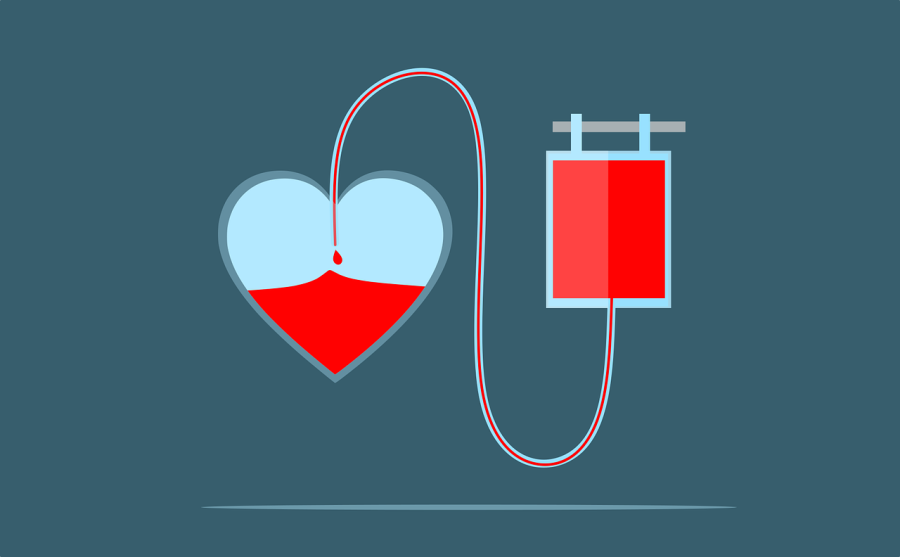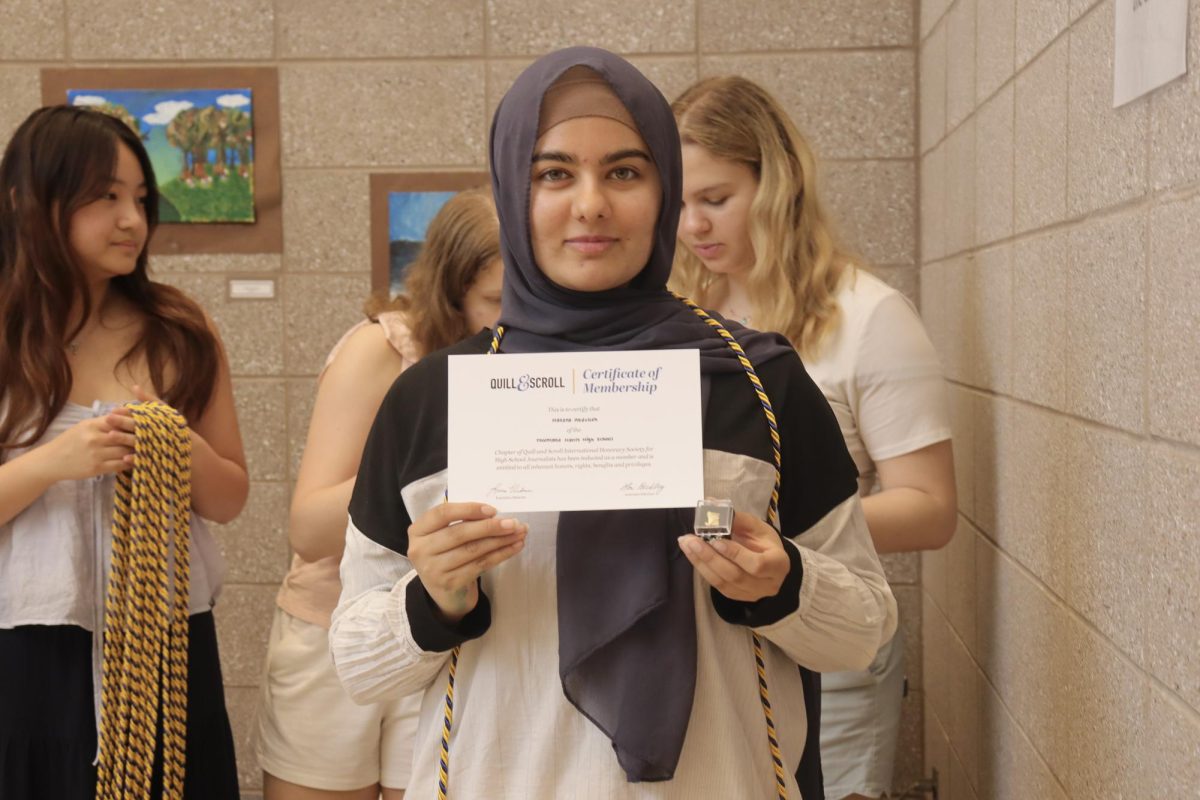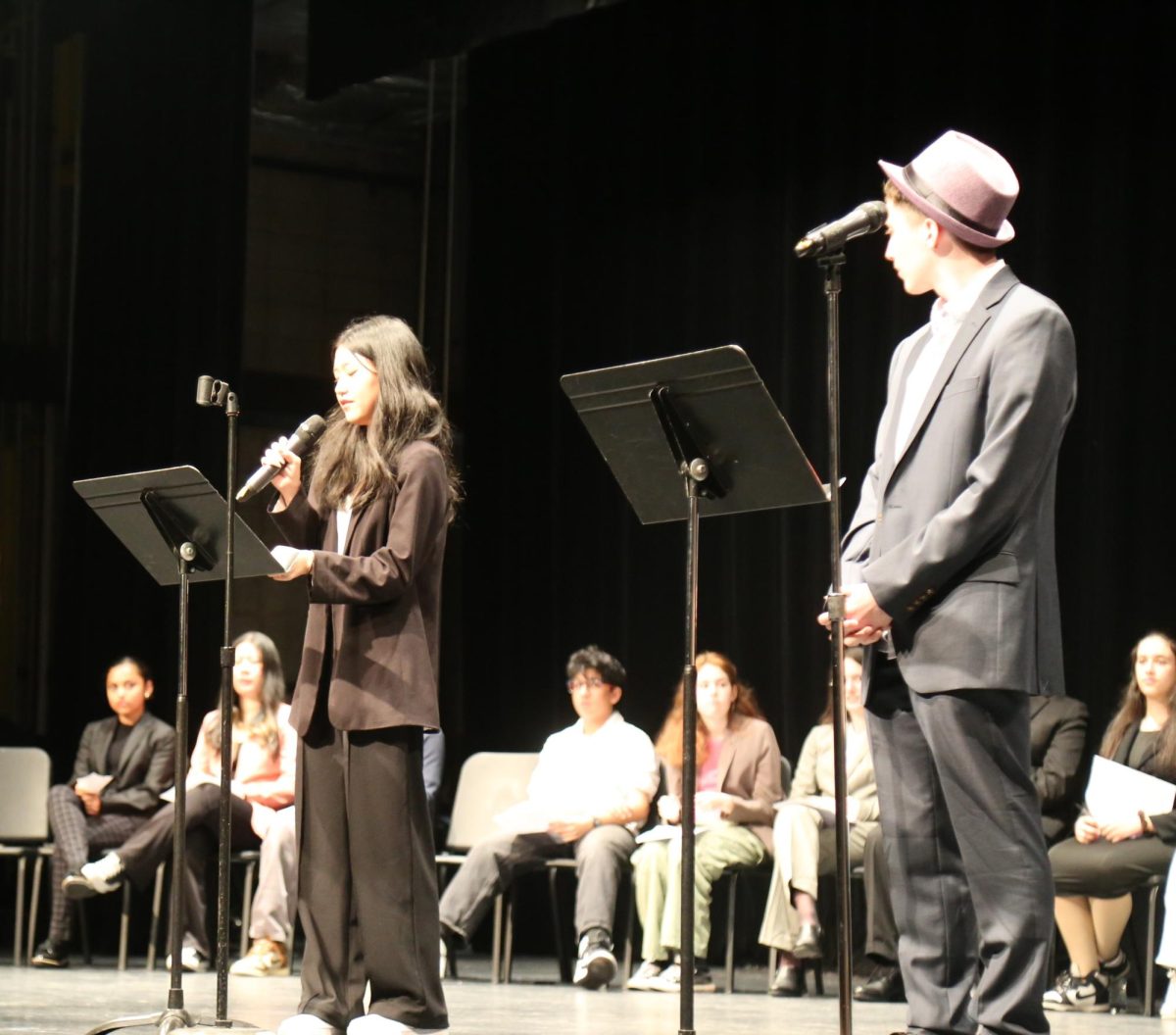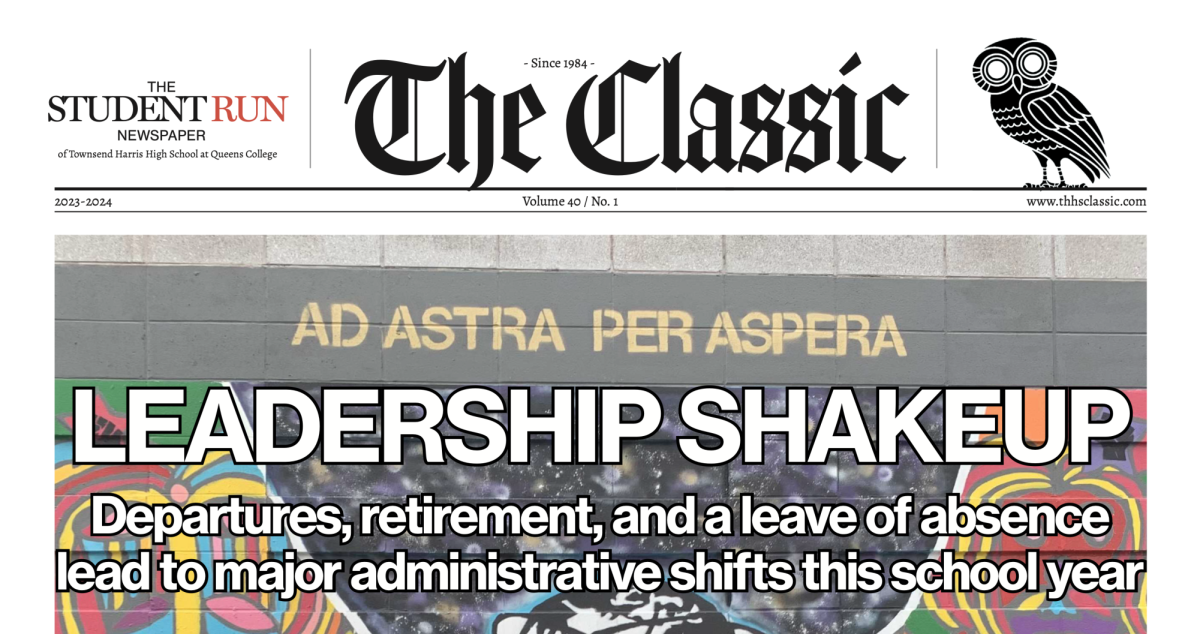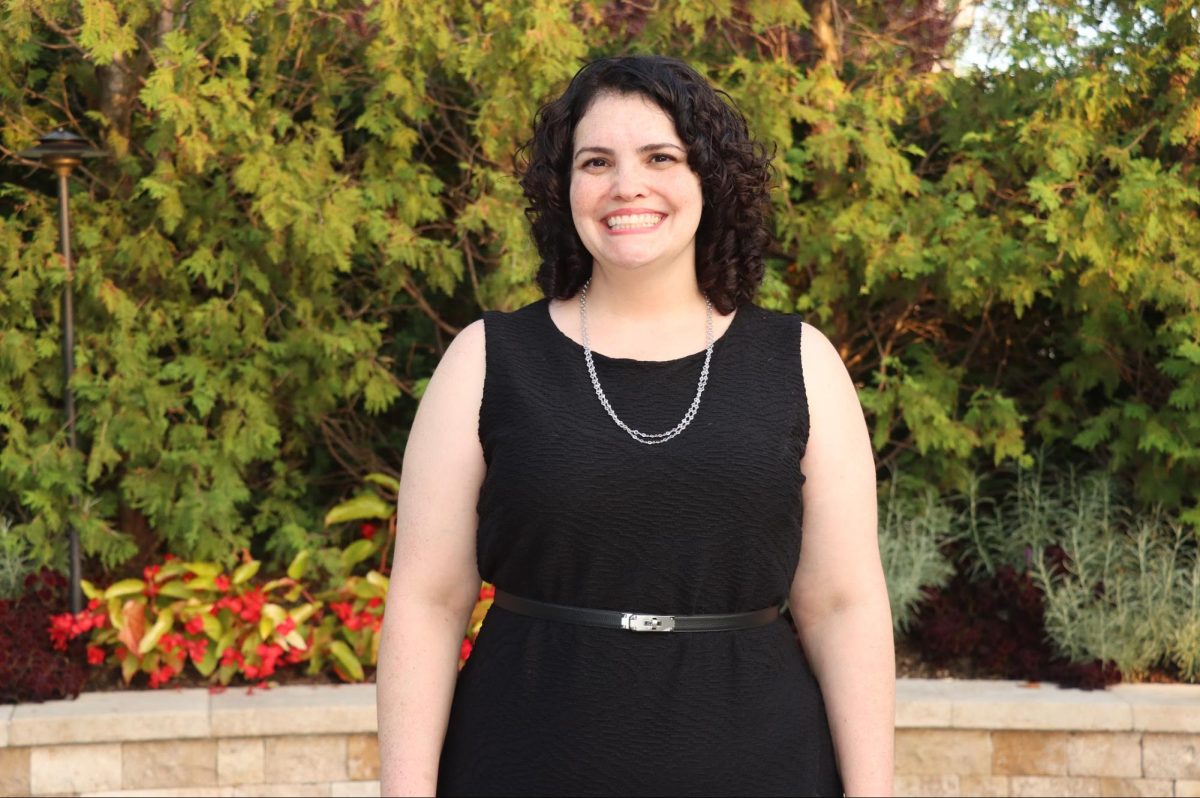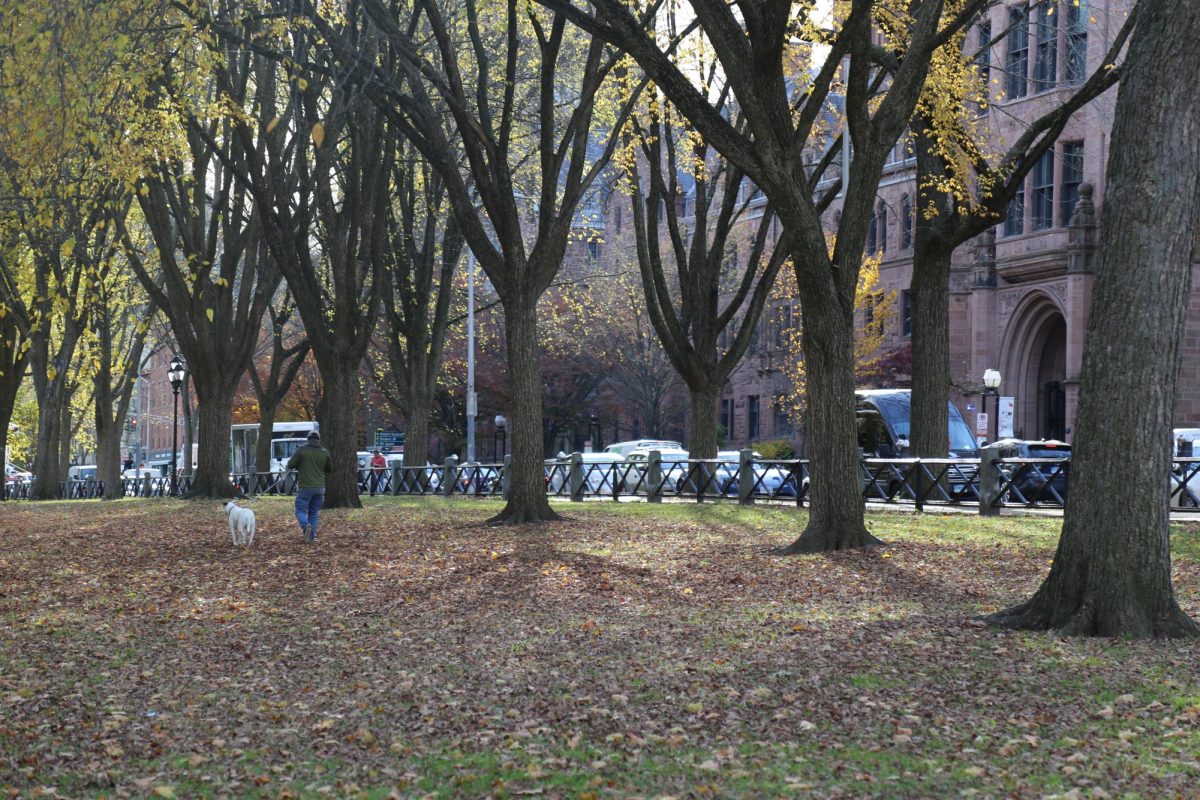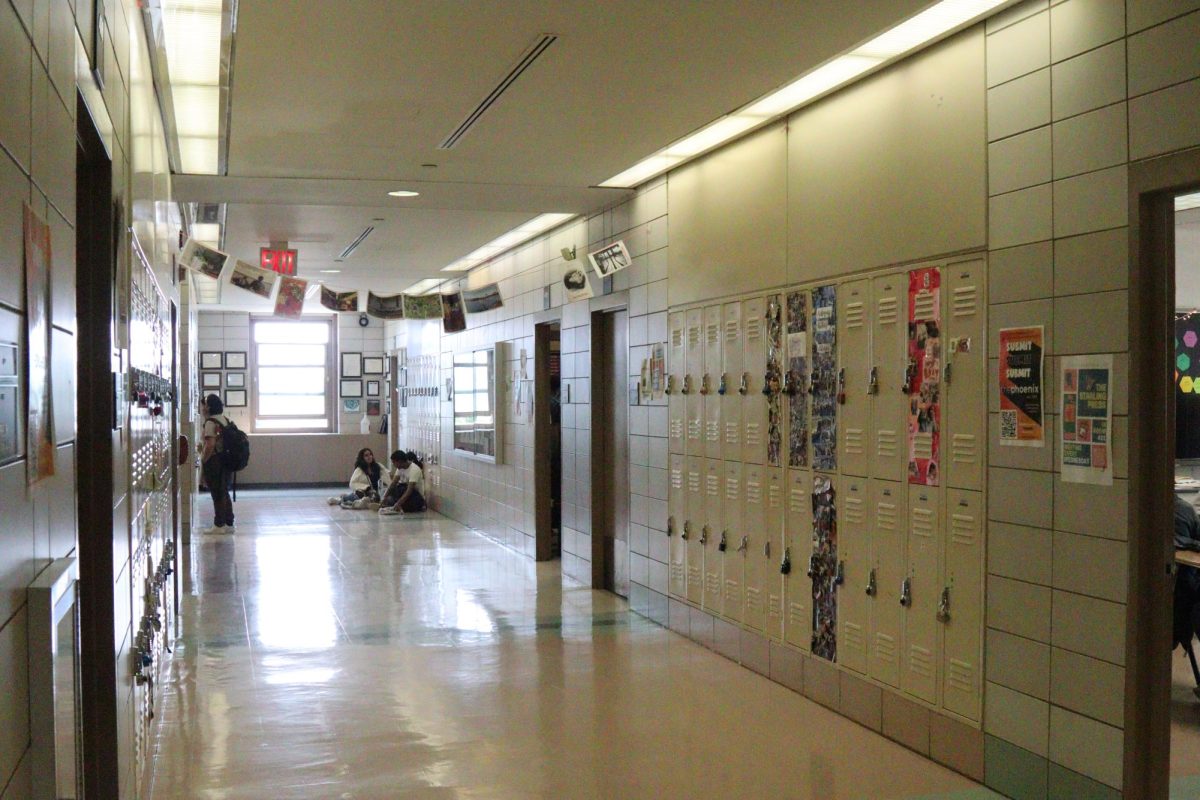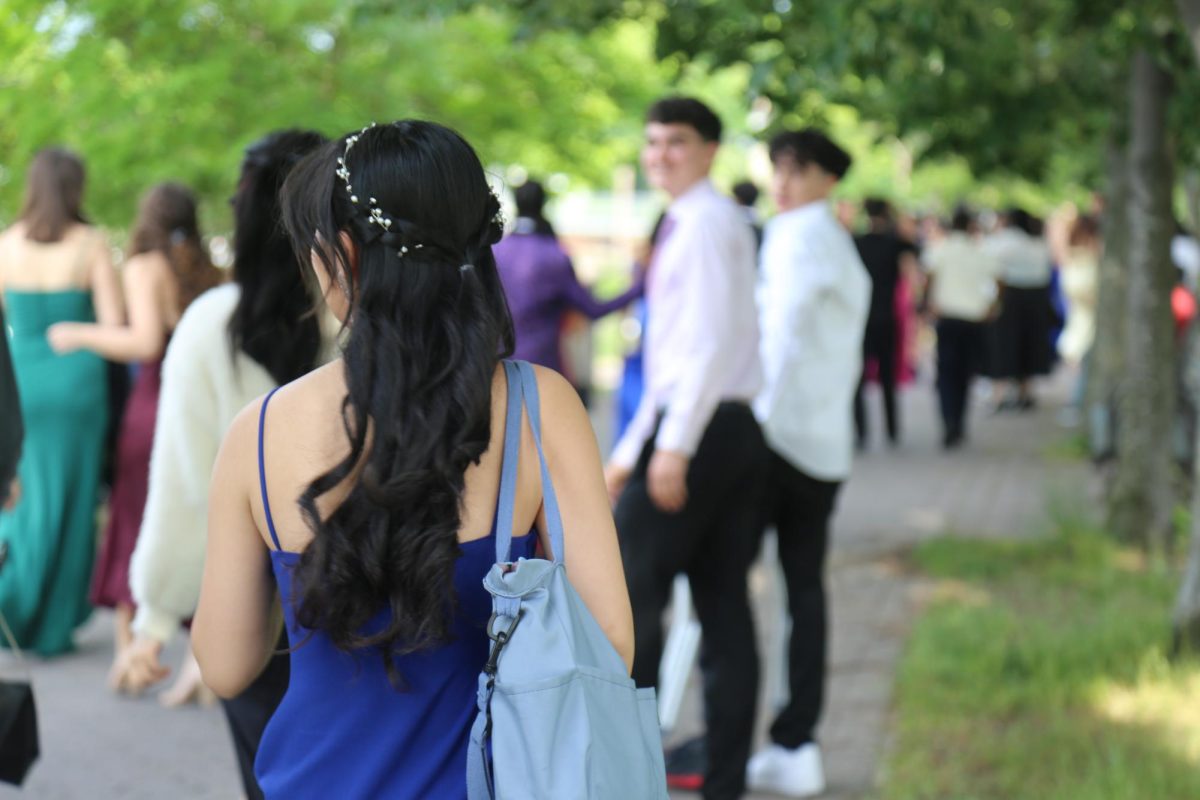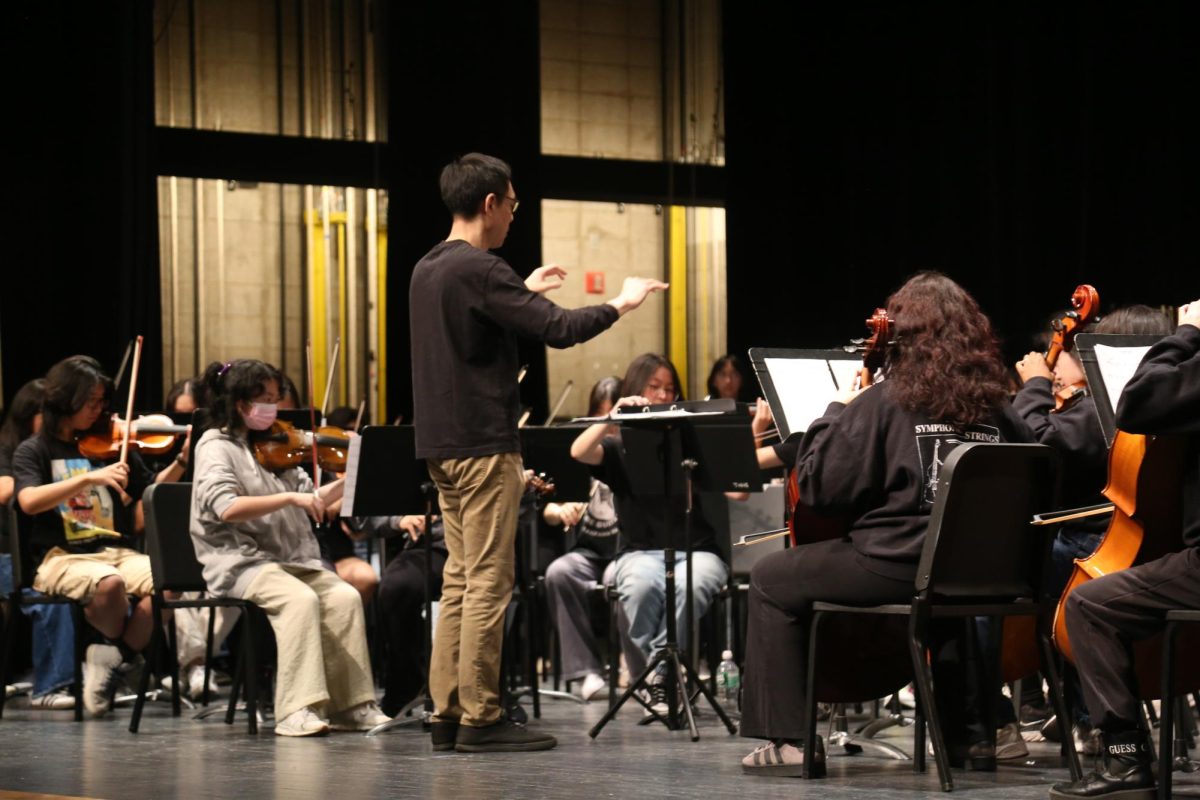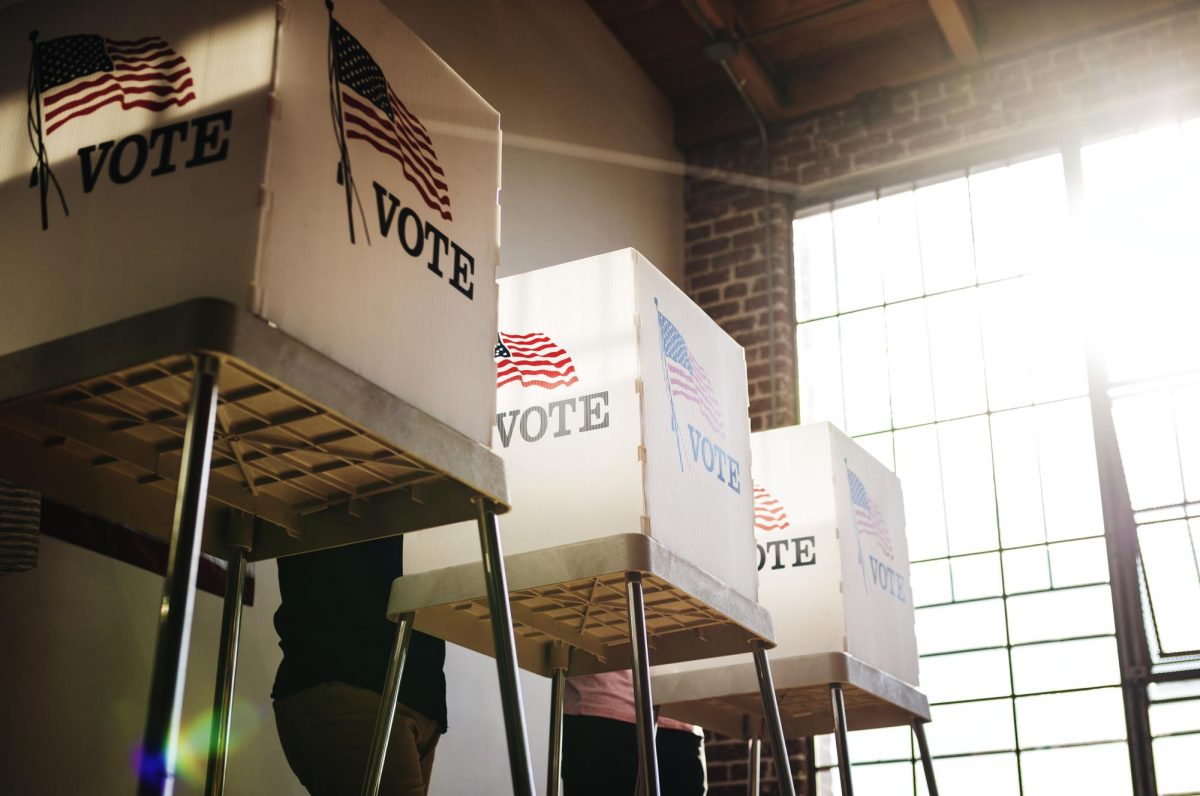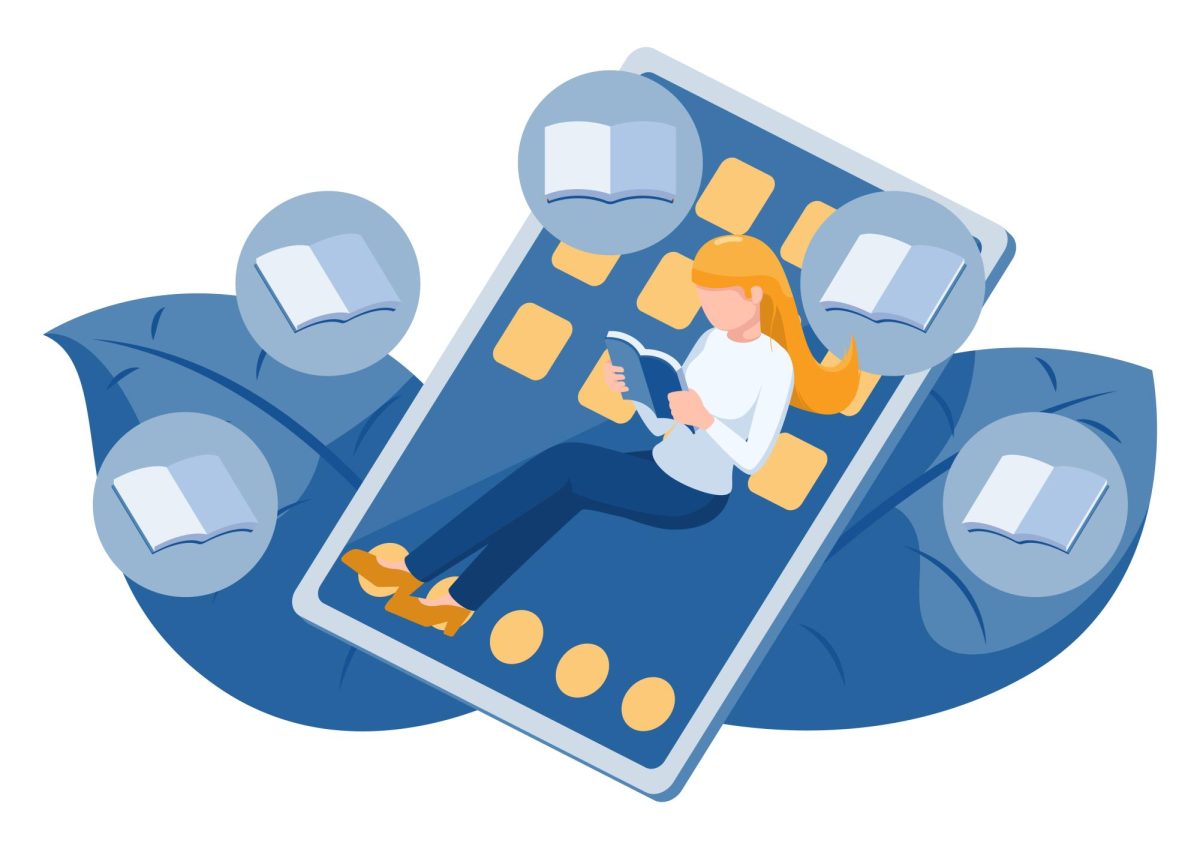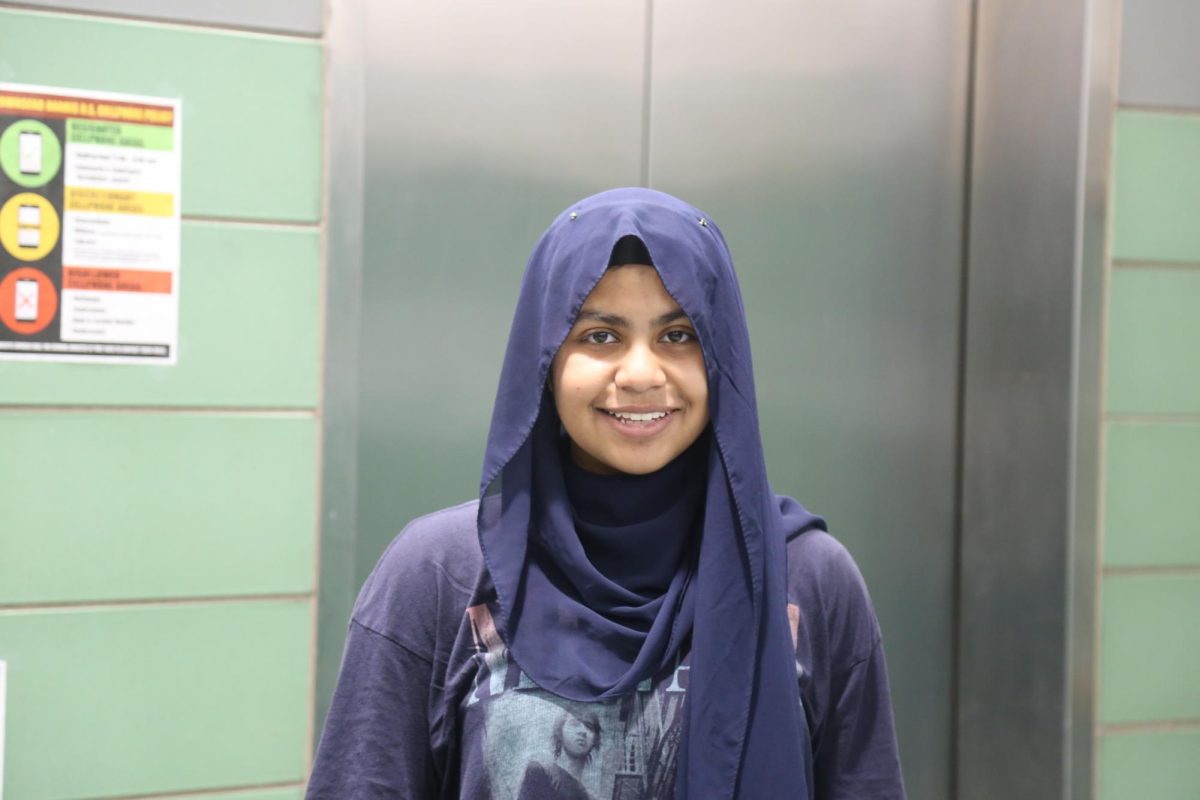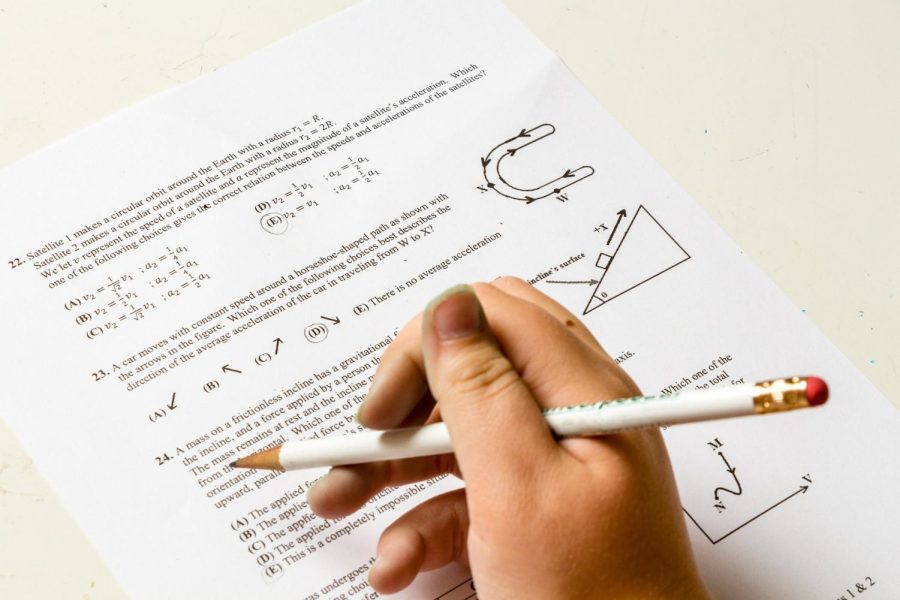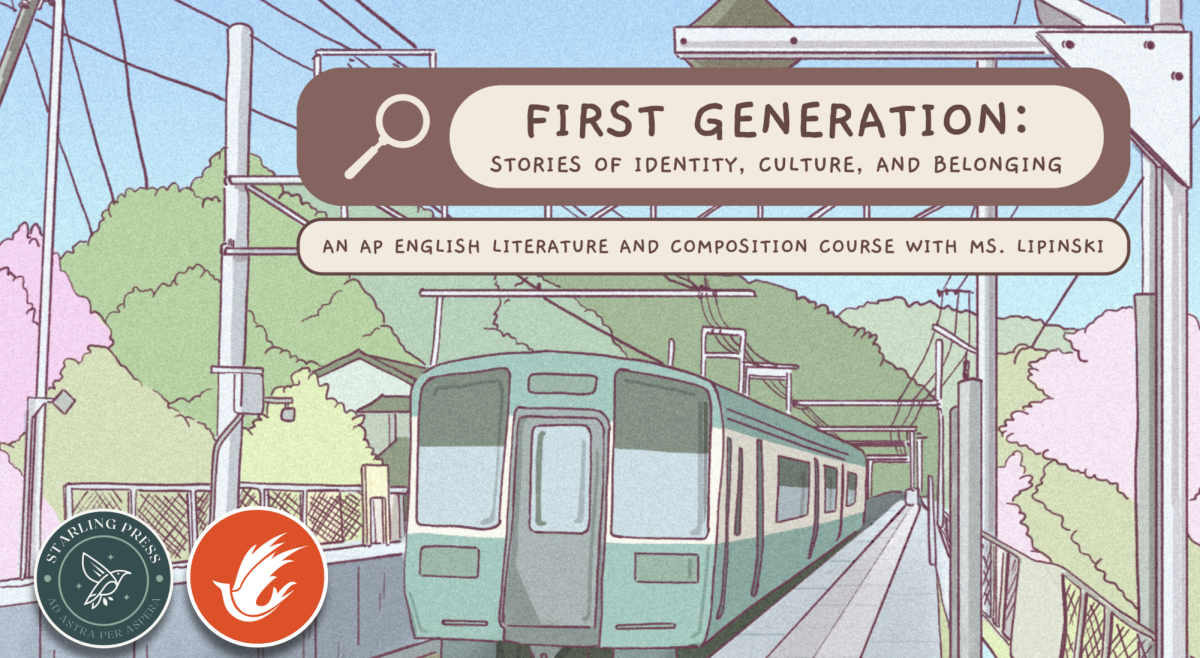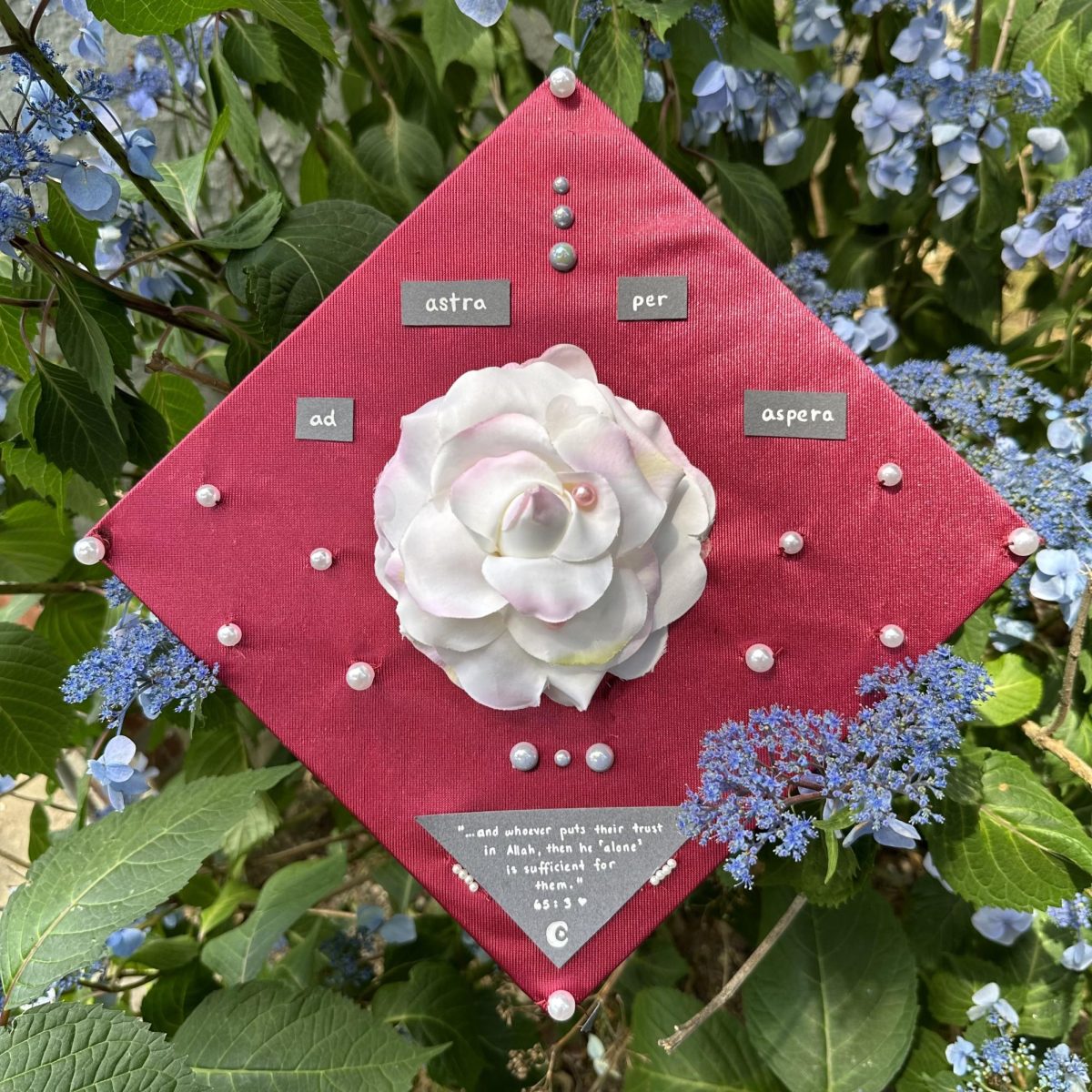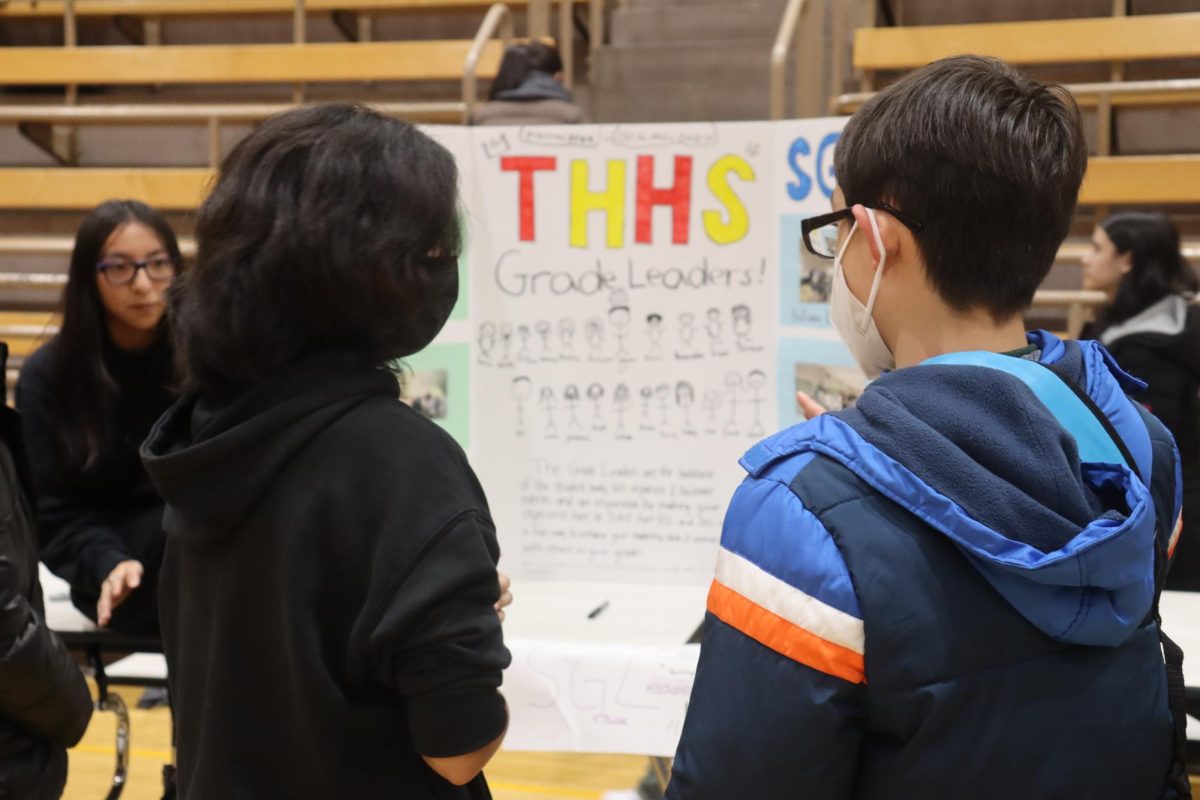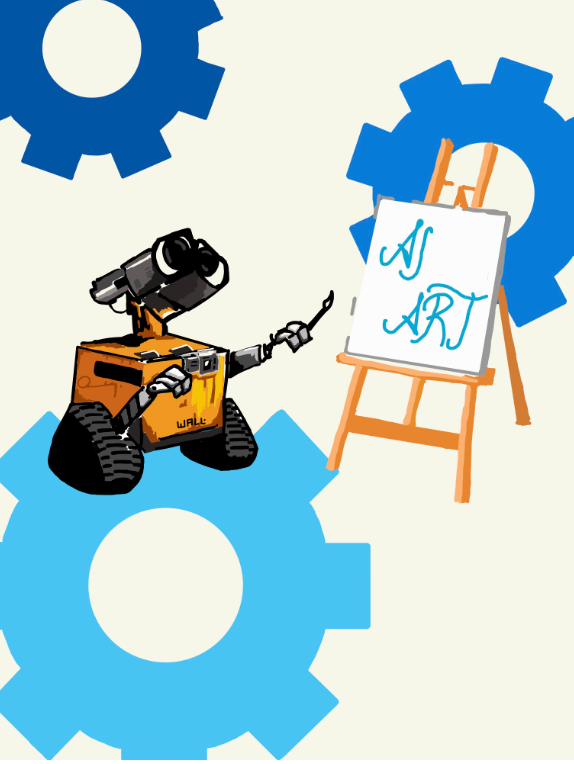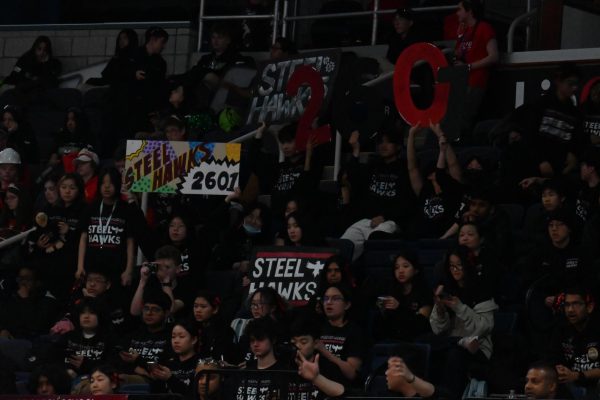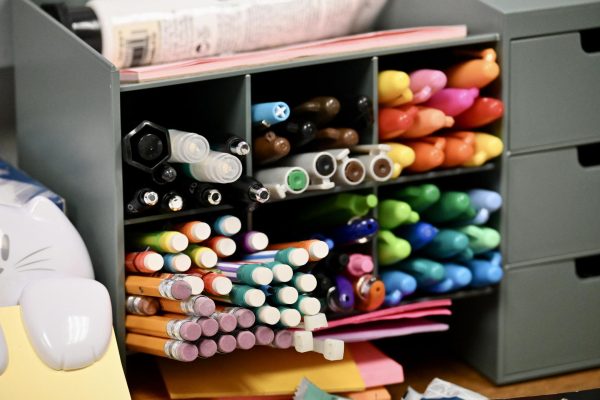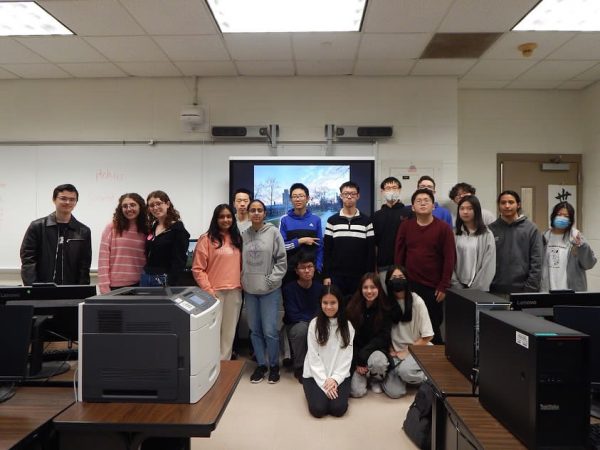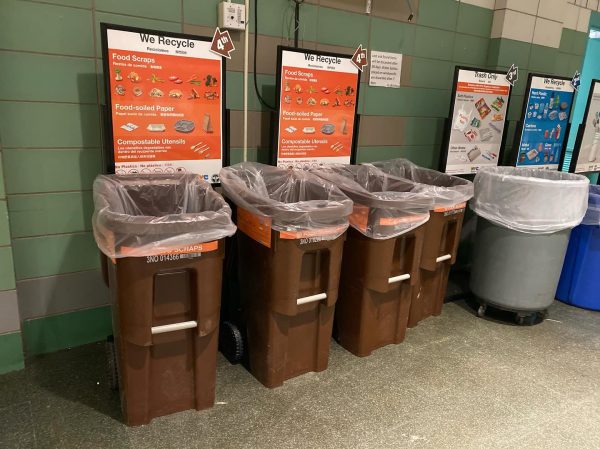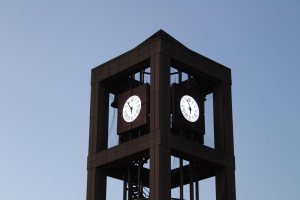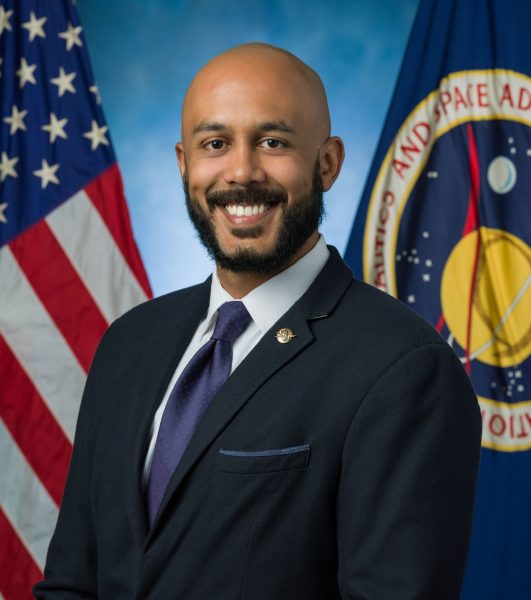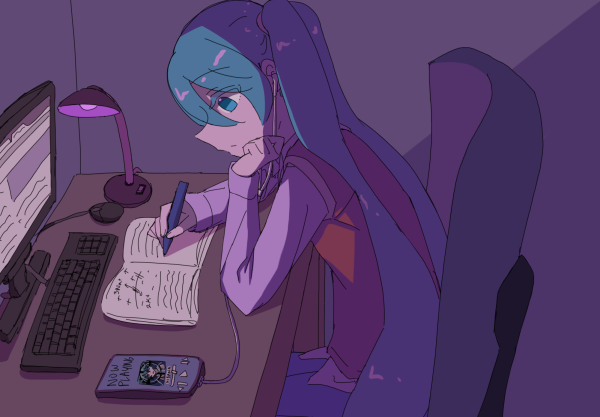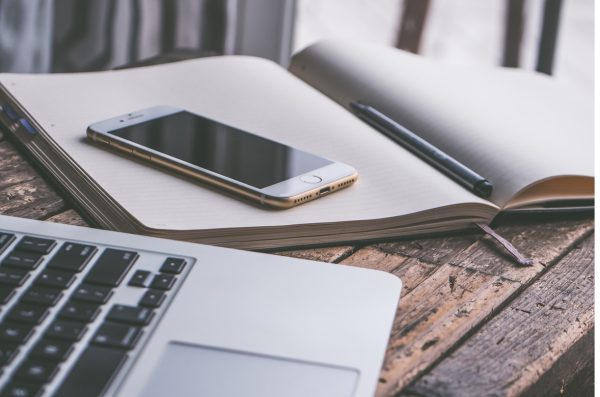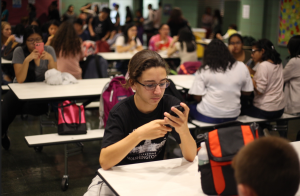The AI Art Boom
As technology continues to evolve, AI art continues to be a cheap and accessible source of imagery for artists, students, and writers alike, but it can be both beneficial and harmful.

In the last few years, the art world has been taken by storm by work not done by the human hand but rather, by AI. Recent technological advancements has allowed there to be new filters that can turn a photograph into an intricate painting, websites that can turn a few prompt words into a specific illustration, and programs that can so closely mimic certain art styles that you can’t tell which pieces have been generated and which have been hand-drawn. To the delight of many consumers, these developments are all available to the average man with little to no charge. Rather than spending years building up art experience and countless hours creating each piece, isn’t it so much easier to use AI to generate art?
AI art has a surprisingly long history; one of its earliest iterations dates back to 1973, when digital artist Harold Cohen engineered the first artificially intelligent art program known today as AARON. Cohen’s code was able to produce unique artwork based on its programmed set of rules, establishing an extremely basic level of cognition. Modern day AIs maintain the same premise, but advances in technology have given them more autonomy. Their algorithms are trained using thousands, sometimes millions, of pre-existing images from the internet, which they analyze in order to learn various aesthetics and styles from the images’ major colors, textures, and shapes. This information allows the AIs to imitate the human creative process, following guiding input from the user.
There are three main types of algorithms used today: convolutional neural networks, neural style transfers, and general adversarial networks. Convolutional neural networks, or CNNs, process pixel images and are generally used for image recognition and pattern identification. When used in AI art generators, CNNs look for patterns, shapes, or even faces from preexisting images. For example, Google’s DeepDream finds and enhances patterns in images to produce new artwork. One limitation of this system is that patterns are based on what the creator trained the AI with, leading to less creative and more simplistic designs. On the other hand, neural style transfers, or NSTs, use two images, one content image and one style image, and blend them, so that the resulting image resembles the content images in the “style” of the style image. This is the system used in AI art filters, with the popular TikTok manga filter utilizing the user’s camera view as the content image and blending it to create output images in the manga style.
However, the most common type of algorithm is general adversarial network, or GANs. These algorithms have two components: the generator and the discriminator. The generator produces random images, while the discriminator evaluates the images to determine if they are original and align with the artist’s input. These two components oppose each other, hence the term adversarial. Originally conceived in the mid-2010s, the most popular variation in 2022 is the VQGAN+CLIP system, which produces original images from user-input language prompts.
The various types of AI art generators have many different uses to both artists and the average consumer. “[AI art generators] can help with inspiration and cheap concept generation,” said sophomore Jenney Huang. She enjoys their “futuristic touch,” which gives the AI-produced images a dreamlike sense that she describes as “unreal.”
Still, AI art has one fundamental downside: unpredictability. Even with extensive training and large datasets, AI generators do not always create the desired piece of art. Generators can be very inconsistent in their quality and occasionally create unsightly results. In particular, GAN algorithms can produce images that, while attempting to be original, end up appearing deformed to the user. Sophomore Xintong Jiang said, “The problem with AI in general, is that if you use it too extensively, it becomes unreliable. For example, the more you stay on a page, the weirder the pictures become; the faces would suddenly grow another pair of eyes, or an arm would appear on the side.”
Despite these difficulties, AI technology is undoubtedly providing the everyday person with a cheap and accessible way to create quality art pieces, which has become a disturbing reality for artists themselves.
“Art is a skill that’s extremely hard to cultivate,” said Junior Tiffany Agbonwaneten. “Many can now create extravagant art without going through any of the struggles needed to cultivate the skill. This effectively decreases the value of art as it can now be created and produced for free with little to no effort or inspiration. It could put already struggling artists out of business and eliminate art as a career choice for those who wish to pursue it in the future.”
Your donation will support the student journalists of The Classic. Your contribution will allow us to purchase equipment, support our extracurricular events, celebrate our staff, print the paper periodically, and cover our annual website hosting costs.

